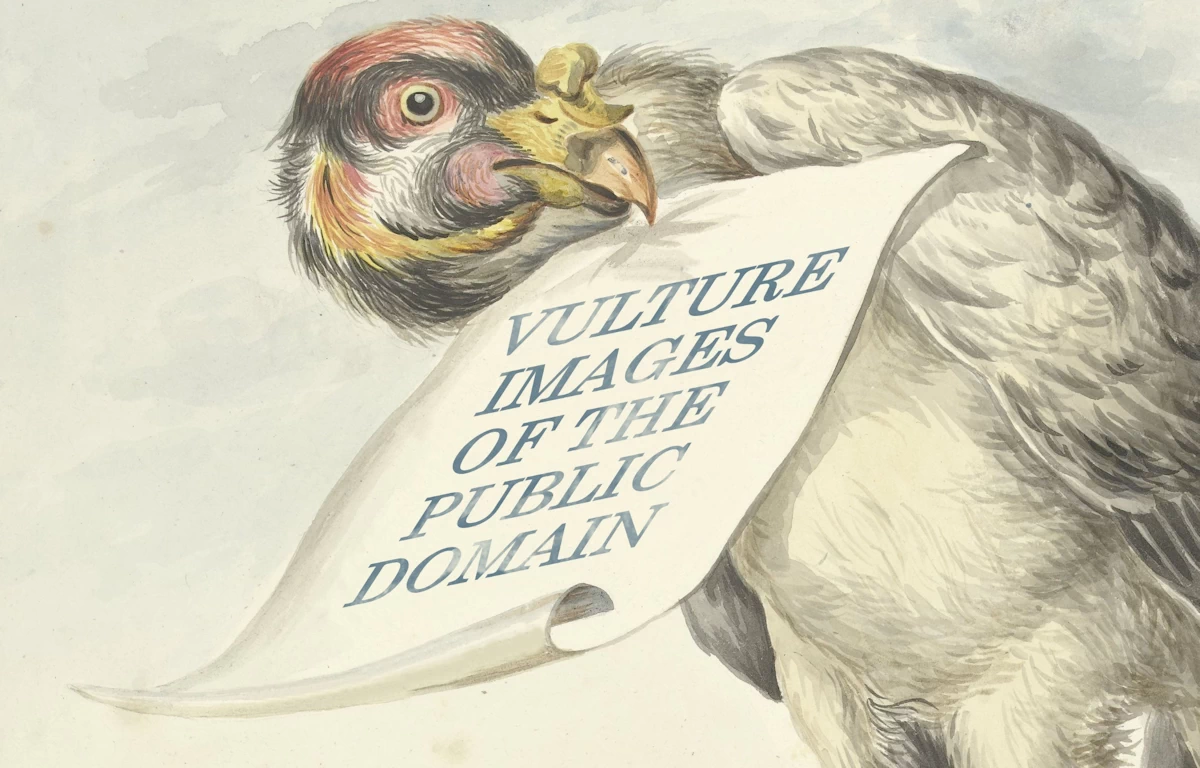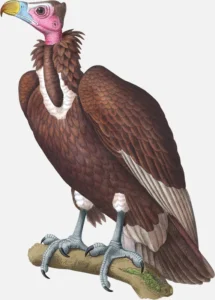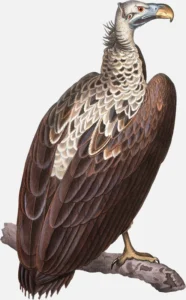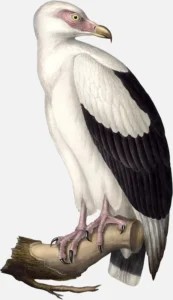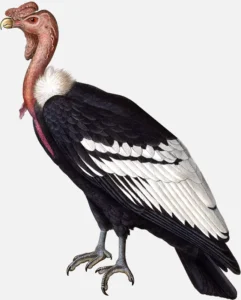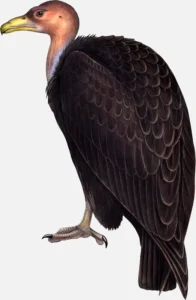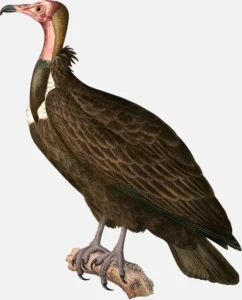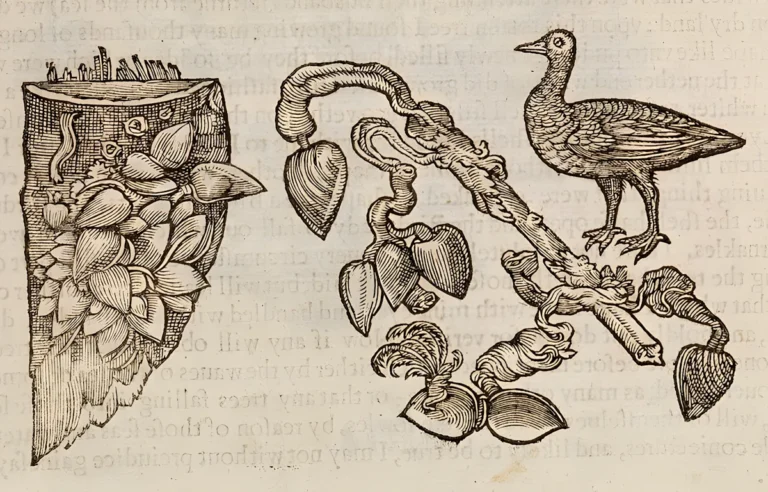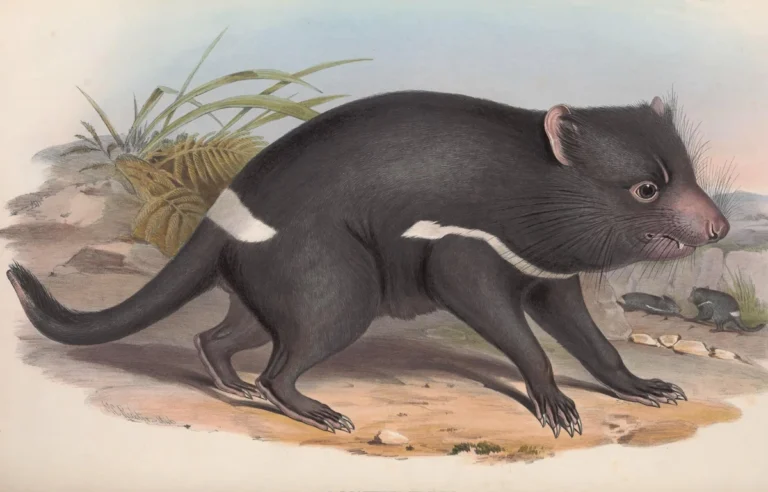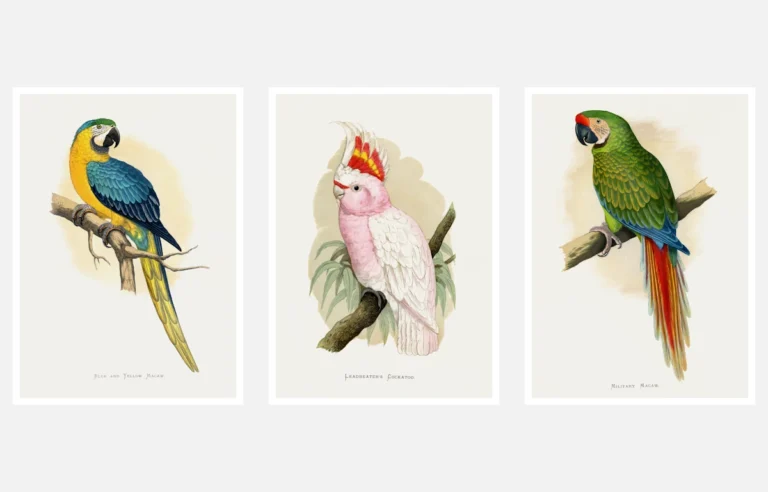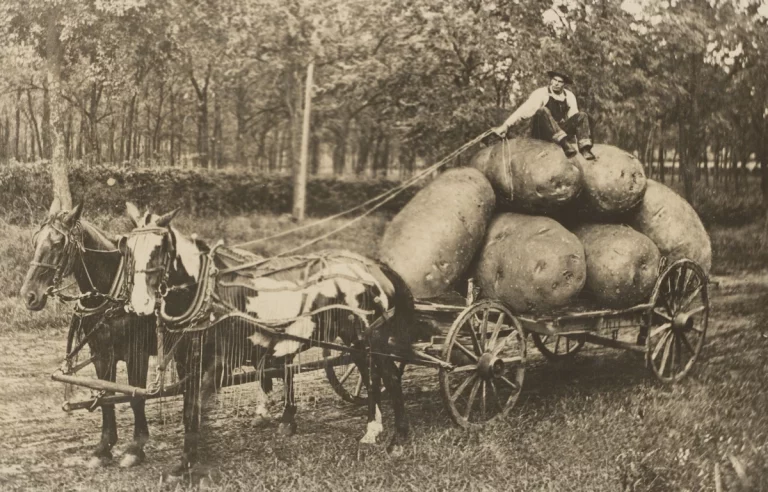Vultures: Nature’s Ultimate Clean-Up Crew
Vultures might not be the most glamorous birds, but they play a critical role in keeping the environment clean and healthy. They are often seen soaring in the sky, patiently waiting for their next meal. Vultures are scavengers, feeding mostly on dead animals. Without them, the world would be a much dirtier and unhealthier place. This article will explore their diet, habitats, and highlight some of the most interesting species, including the Himalayan vulture, palm-nut vulture, Andean condor, and California condor. By understanding more about vultures, we can appreciate why these misunderstood birds are so important to the world’s ecosystems.
What Do Vultures Eat?
Vultures are best known for eating carrion—decaying meat from dead animals. While this might sound gross, it’s an essential service to the environment. Dead animals left in the wild can spread diseases, attract other scavengers, and pollute the area as their bodies decompose. Vultures, with their strong stomach acids, can safely eat the rotting flesh that would otherwise be dangerous to other animals, including humans. Their digestive systems are so powerful that they can handle bacteria like anthrax, botulism, and cholera.
Most vultures stick to eating meat, but not all. The palm-nut vulture is one of the exceptions. This unique bird, found in Africa, has a diet that includes a significant amount of fruit, especially the nuts of the oil palm tree. This shows that not all vultures are strictly meat-eaters; some have adapted to eat whatever is available, including plants. This flexibility makes them adaptable and helps them survive in different environments.
Vultures also have interesting eating habits. Once they find a carcass, they can eat a lot in one go—up to 20% of their body weight in a single meal. That’s like a person eating 40 hamburgers in one sitting! This ability to gorge is important because their meals aren’t always easy to come by. After all, it’s not every day that an animal drops dead, leaving them a feast.
Another unique feature of vultures is their bald heads and necks. While it might not seem like an advantage, this helps them stay clean while eating. Sticking their heads into a carcass full of meat and blood would make a mess, and feathers would be hard to clean. A bald head makes it easier to stay clean and avoid infection.
Where Do Vultures Live?
Vultures can be found all over the world, except in Australia and Antarctica. They live in many different environments, from thick forests to dry deserts. What matters most to vultures is access to food and good nesting spots.
There are two main groups of vultures: Old World vultures, which are found in Europe, Africa, and Asia, and New World vultures, which live in North and South America. Despite living on different continents, both types of vultures serve the same role in their ecosystems as nature’s clean-up crew.
Vultures are amazing flyers, capable of soaring for hours without flapping their wings. This allows them to cover great distances while looking for food. Their wings are large, and they take advantage of warm air currents, called thermals, that allow them to glide effortlessly across the sky. From high up, their sharp eyesight helps them spot carrion from miles away.
Different species of vultures have different nesting habits. Some prefer building nests on cliff ledges, while others choose tall trees. Ground-nesting species, like the Andean condor, make their homes on rocky outcrops in the mountains, where they can safely raise their young and keep an eye out for food.
The Impressive Himalayan Vulture
One of the largest vultures in the world is the Himalayan vulture (Gyps himalayensis). As its name suggests, this bird lives in the high mountain ranges of the Himalayas and the Tibetan Plateau. The Himalayan vulture is a master of high-altitude flying, soaring above 20,000 feet where the air is thin and cold.
These vultures have enormous wingspans, sometimes stretching up to 10 feet across. This allows them to glide effortlessly through the thin mountain air. Their sharp eyesight helps them spot dead animals from high above the ground, which they can then swoop down to eat. Their diet mainly consists of the carcasses of wild animals and livestock, which they find scattered across the rugged terrain.
The role of the Himalayan vulture in its environment is crucial. In such a harsh, cold region, dead animals can spread disease and attract other scavengers. By consuming carcasses, the Himalayan vulture helps keep the ecosystem clean and disease-free.
The Unique Palm-Nut Vulture
The palm-nut vulture (Gypohierax angolensis) is unlike any other vulture. Found in the tropical rainforests and mangroves of Africa, this bird has a highly unusual diet. While most vultures prefer meat, the palm-nut vulture’s diet is about 60% plant-based, consisting mainly of oil palm fruit. It also eats fish, crabs, and small mammals when available.
The palm-nut vulture is smaller than many other vulture species, with a wingspan of about five feet. It’s a good example of how vultures can adapt to their environment. This bird has found a unique way to survive in its tropical habitat, making the most of the food resources available.
While it may not be as large or as well-known as some other vultures, the palm-nut vulture plays an important role in its ecosystem, cleaning up dead animals and helping maintain the health of the rainforests and mangroves.
The Majestic Andean Condor
The Andean condor (Vultur gryphus) is one of the largest flying birds in the world, with a wingspan that can exceed 10 feet. These majestic birds live in the Andes mountains of South America, where they are symbols of power and health. The Andean condor is also the national bird of several South American countries, reflecting its importance in the region’s culture.
Andean condors prefer open, non-forested areas where they can easily find large carcasses to feed on. Their diet includes the remains of deer, cattle, and even marine animals like seals and whales if they wash up on shore. Andean condors nest on high cliffs, which provide them with a safe place to live and a good vantage point to search for food.
These condors are built for soaring, not speed. They glide through the air, covering huge distances with minimal effort. Despite their size, they are graceful flyers. Andean condors are also known for their longevity—they can live up to 70 years in the wild, making them one of the longest-living bird species.
Unfortunately, Andean condors are listed as near-threatened due to habitat loss and poisoning. Conservation efforts are underway to protect these magnificent birds and ensure they continue to soar through the skies of South America.
The Endangered California Condor
The California condor (Gymnogyps californianus) is a true conservation success story. Native to the western United States, this vulture has one of the largest wingspans of any bird in North America, stretching up to 9.8 feet. However, by the 1980s, the California condor was on the brink of extinction, with only 27 individuals left in the wild.
Thanks to intensive conservation efforts, including a captive breeding program, the California condor population has slowly recovered. Today, these birds can once again be seen soaring over the rugged landscapes of California, Arizona, and Utah. While still critically endangered, their numbers have grown to over 400, with more than half living in the wild.
Like other vultures, California condors feed on large carcasses, including deer, cattle, and marine mammals. They prefer open habitats, such as rocky shrublands and oak savannas, where they can easily spot their next meal.
The California condor’s recovery is a powerful reminder of how conservation efforts can make a difference. Though there are still many challenges to overcome, the sight of these giant birds gliding through the sky offers hope for the future.
Why Vultures Matter
Vultures play a critical role in keeping the environment clean and healthy. By eating dead animals, they help prevent the spread of disease and speed up the decomposition process. This recycling of nutrients is essential for healthy ecosystems. Without vultures, carcasses would take much longer to break down, potentially contaminating water sources and causing diseases to spread.
In places where vulture populations have declined, like South Asia, the results have been devastating. The use of a veterinary drug called diclofenac poisoned vultures when they ate the carcasses of treated animals. As vulture numbers fell, other scavengers like feral dogs and rats took over, leading to an increase in diseases like rabies. This shows just how important vultures are, not only for wildlife but for human health as well.
The Challenges Facing Vultures
Despite their importance, vultures face many threats. Habitat loss, poisoning, and lead poisoning from ingesting spent ammunition are all serious problems. In some parts of the world, vultures are hunted or poisoned on purpose, as they are seen as pests.
Conservationists are working hard to protect vultures. This includes banning harmful chemicals like diclofenac, setting up protected areas where vultures can safely feed, and creating captive breeding programs. Some organizations have also started public awareness campaigns to help people understand the vital role vultures play in the ecosystem.
Conclusion: Protecting Nature’s Clean-Up Crew
Vultures are fascinating, misunderstood creatures. They play a crucial role in keeping the environment clean and healthy, and their unique adaptations make them some of the most interesting birds in the world
Bonus Trivia
Groups of vultures are called a “wake” when they are feeding, a “committee” when they are resting on the ground or in trees, and a “kettle” when they are in flight.


